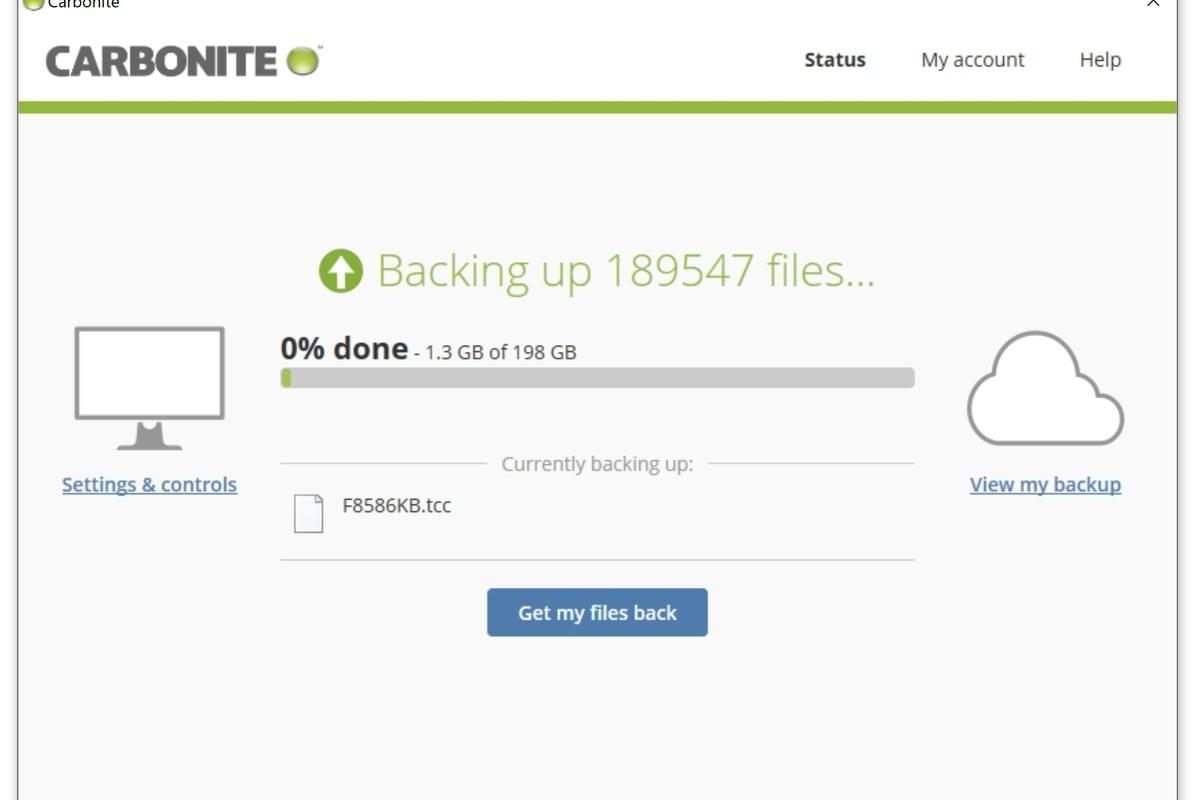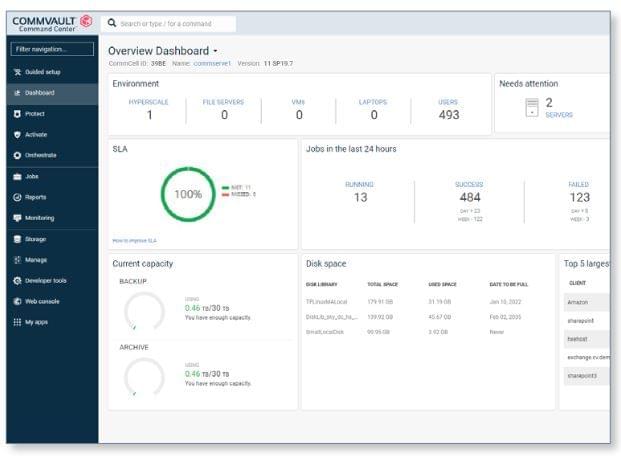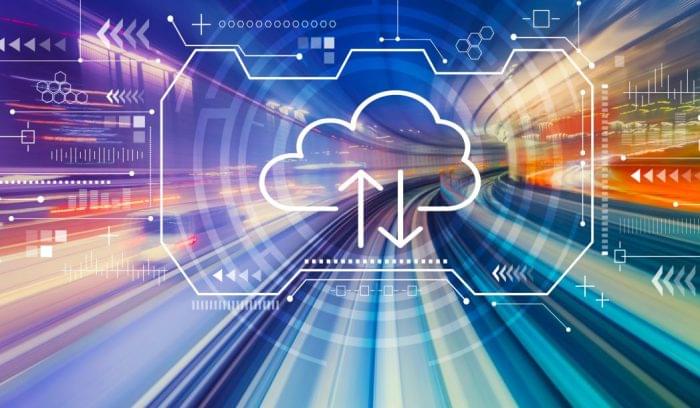If it’s hit with a ransomware attack, an organization pays an average ransom of $233,217 to get its data back. Paying the ransom doesn’t even guarantee that the business will regain access to its data, but it does encourage the perpetrator to attack other companies. However, if a company has recent backups of its data, it doesn’t need to pay the ransom and can keep business running smoothly.
To find the perfect backup and recovery solution for your business, use our Backup and Recovery Product Selection Tool. Fill out the short survey, and we’ll provide you with a free list of software recommendations tailored to your company’s needs.
How ransomware affects your data
Attackers can introduce ransomware into your system through spam emails or malicious links that automatically download the program onto your device. The ransomware then places your sensitive data in an encrypted file, which prevents you from accessing it. Once they’ve encrypted the data, the attacker demands a ransom before providing the encryption key.
If you don’t pay the ransom within the allotted time frame, the encryption may delete your data altogether. Or the attacker could leak the information to the public or sell it on the dark web. Hospitals tend to be hot targets for ransomware creators because they’re risking lives the longer they wait to recreate their data.
Even paying the ransom doesn’t guarantee you’ll get your data back. The encryption might corrupt the data in a way that the attacker didn’t plan for, or they may simply decide not to return your data.
Also read: Healthcare Cybersecurity: Preparations You Need to Make Now
What is backup and recovery software?
Backup and recovery software duplicates the data that your company creates each day and stores it in cloud or on-premises servers away from the original. If the local version of your data gets destroyed, or in the case of ransomware encrypted, backup and recovery software makes another copy of the data and initiates the transfer back to your business.
Data backups are critical for every type of business, not just hospitals and banks. Data breaches cost businesses an average of $180 per record of personally identifiable information. If you have a CRM with 100 names in it, that’s $18,000 right there. If you can’t afford to lose that data, you need to back up your files offsite.
Top backup and recovery tools
If you need help finding backup and recovery tools for your business, here are a few we’d recommend.
Carbonite Safe

Carbonite Safe is perfect for small businesses looking to protect their data and their customers from a breach. Automatic cloud backups ensure that your data is available for easy access whenever you need it without you having to remember to perform manual backups. Plus, the web-based dashboard allows you to monitor backups and access the files from any device.
Also read: 7 Carbonite Alternatives for Backup and Recovery Software
Veeam

Veeam’s backup and recovery platform works with a variety of platforms including Windows, Linux, AWS, and Microsoft Azure. The backups are immutable, protecting them from corruption and ensuring their availability in the event of a disaster or ransomware attack. And instant recovery means you won’t waste a lot of downtime getting your files back to where you need them.
Commvault

Commvault Backup & Recovery provides encryption and end-to-end data security to protect against ransomware attacks and natural disasters. Anomaly detection and reporting automatically searches for malware and blocks it from your files. Additionally, the platform instantly recovers virtual machines, reducing downtime and getting your team back to work faster.
Thwart malicious actors by backing up your data
Ransomware hinges on the fact that many businesses don’t have accessible backups of their data. Because of this, it would take too long for them to recover it, if they can at all, so they end up paying the ransom to get it back quickly.
However, if you do have accessible backups, you can thwart these attackers and get your data back without paying the ransom. Not only does this keep money in your pocket, but it also dissuades them from attacking other companies in the future. If businesses stop paying ransoms, malicious actors will have no incentive to continue creating ransomware.
To find the perfect backup and recovery solution for your business, check out our Backup and Recovery Software Product Selection Tool. We’ll ask a few questions about your business needs and then provide a short list of customized recommendations.
Read next: 5 Keys to Writing Your Incident Response Plan


